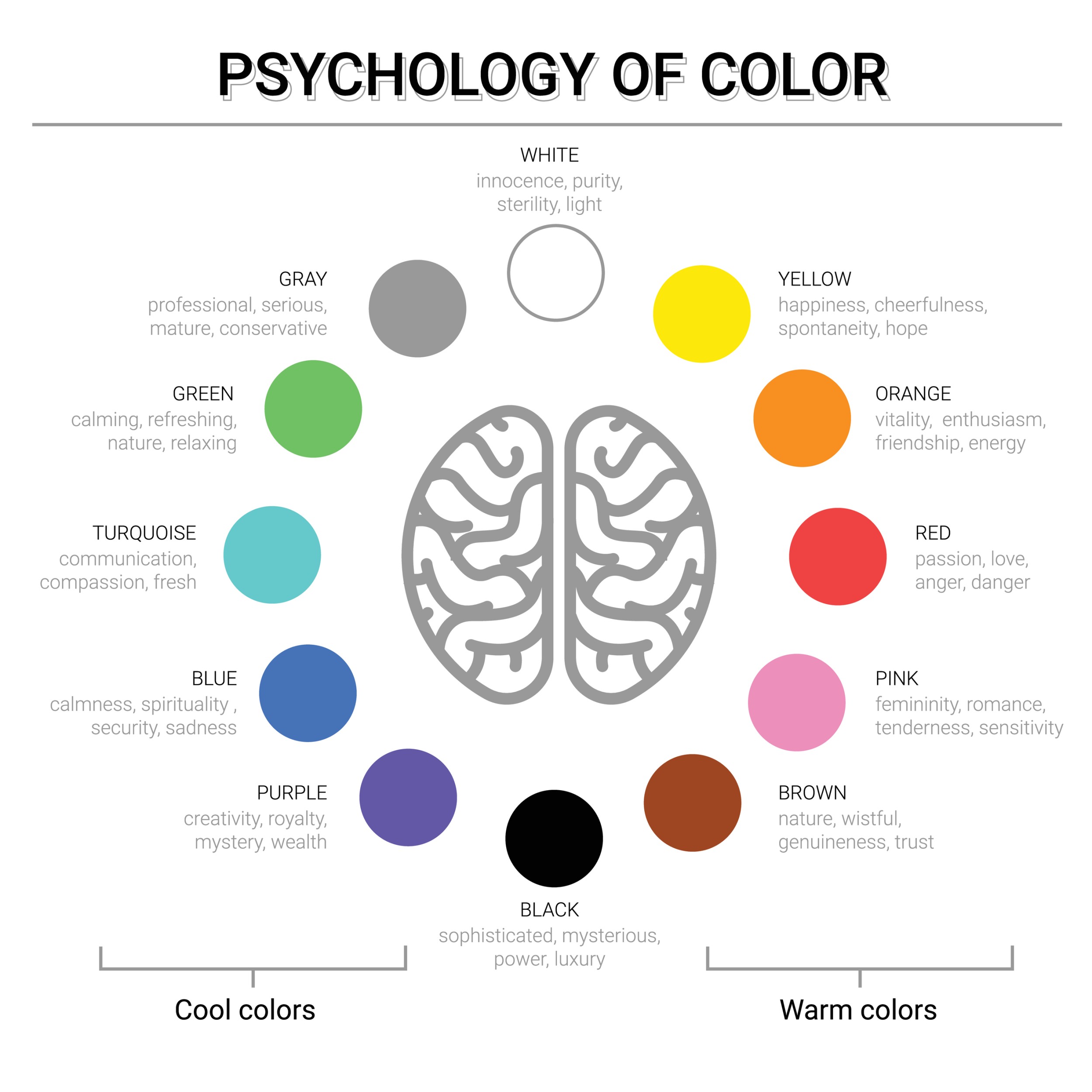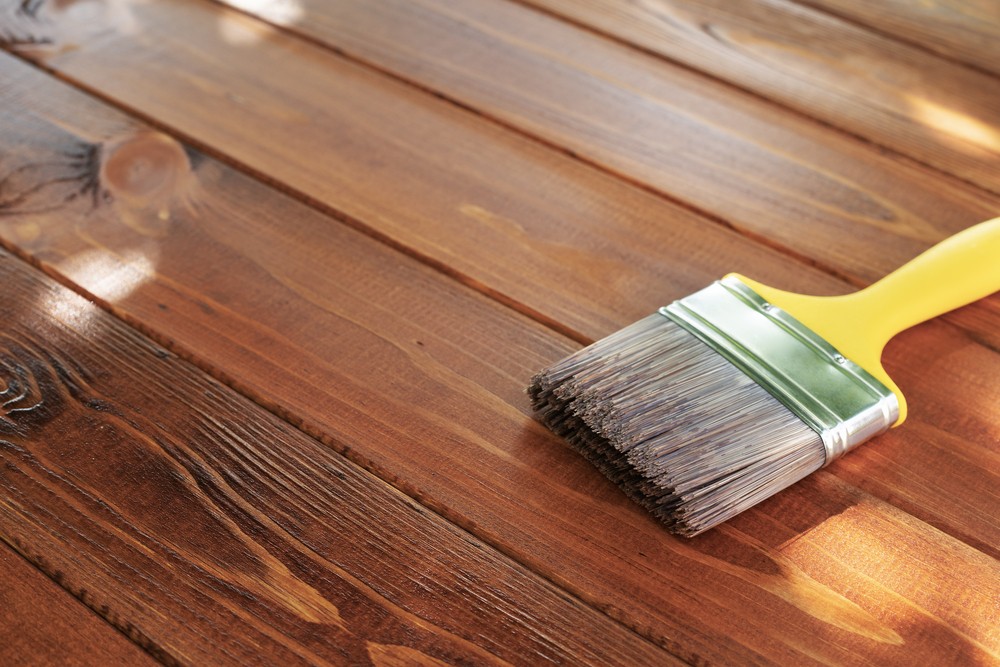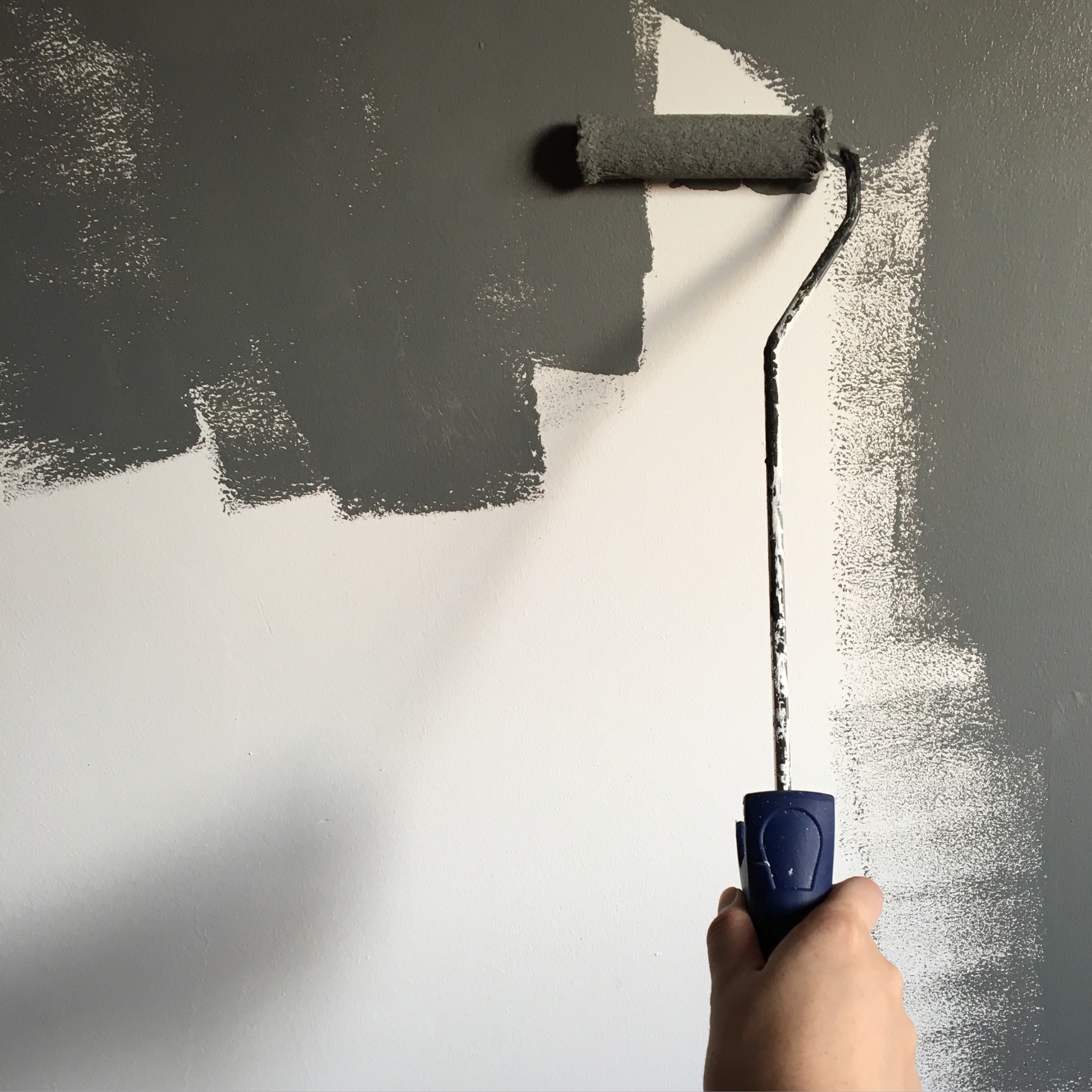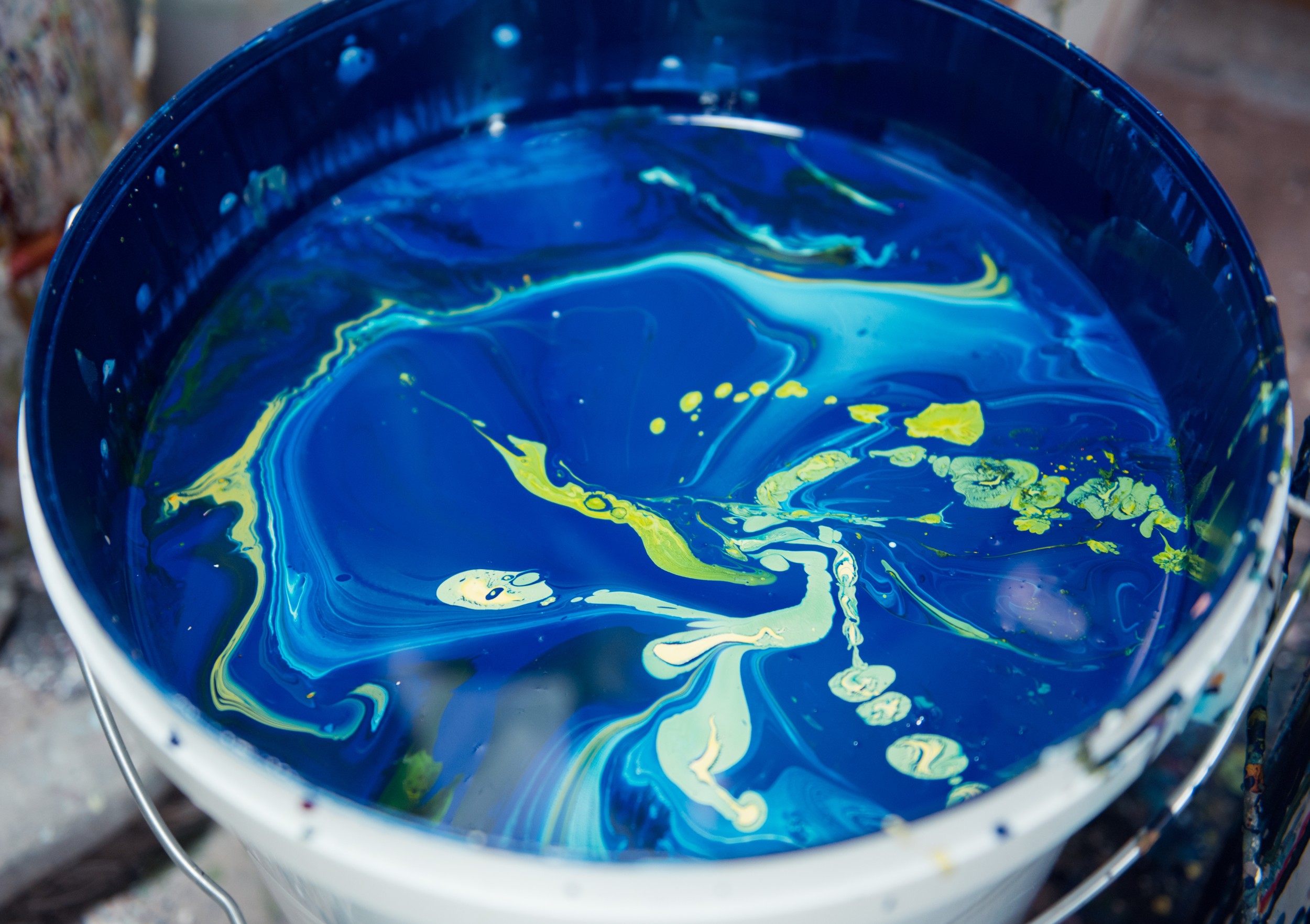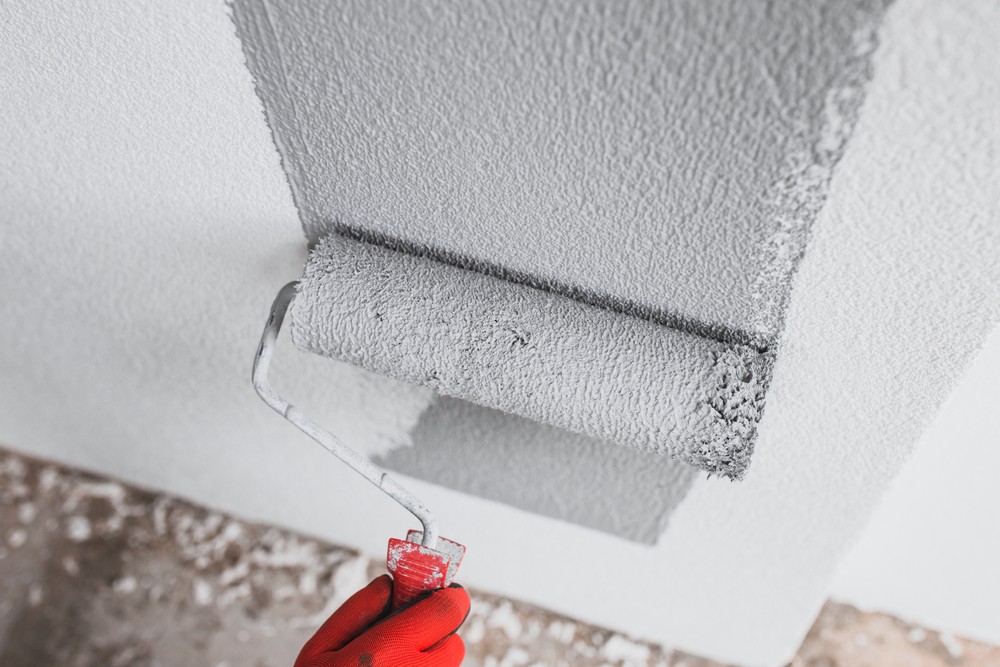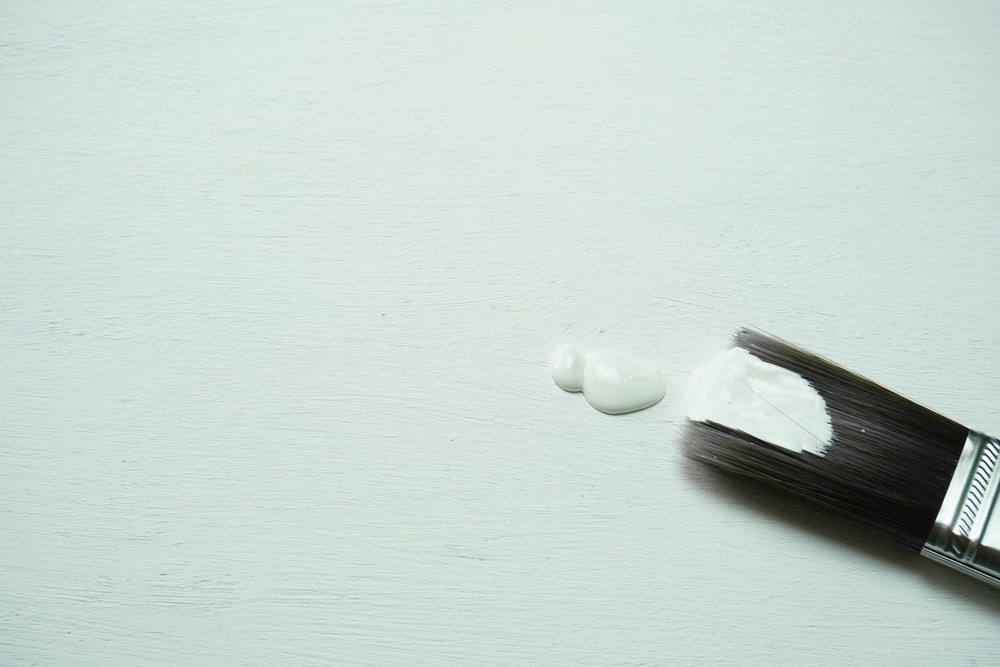
In recent years, the shift towards healthier and more sustainable living has led homeowners to seek out non-toxic alternatives in various aspects of their lives, including house paints. This movement stems from a growing awareness of the impact of everyday products on both personal health and the planet.
This guide delves into the world of non-toxic paints, highlighting their importance for both personal health and the environment. It explores how choosing non-toxic paints is not just a personal health choice but also a part of a broader effort to reduce ecological footprints and promote sustainable living practices.
What Are Non-Toxic Paints?
Non-toxic paints are characterized by their lack of harmful chemicals and volatile organic compounds (VOCs). These paints are typically made from natural ingredients and offer a safer alternative to traditional paints. They are formulated to minimize the emission of harmful fumes, making them a healthier choice for both the applicators and the inhabitants of the painted space.
Unlike conventional paints, non-toxic varieties often use water as a solvent and incorporate natural pigments and binders. These materials are sourced from environmentally friendly resources, ensuring a lower impact on the planet. The absence of heavy metals, formaldehyde, and other hazardous substances is a key feature of these paints.
Comparison with Traditional Paints
Traditional paints often contain high levels of VOCs and other harmful substances. These chemicals can off-gas for months after application, contributing to indoor air pollution and posing health risks. Non-toxic paints, in contrast, minimize or eliminate these components, making them a safer choice for indoor environments.
The health implications of using traditional paints range from short-term effects like headaches and dizziness to long-term concerns such as respiratory diseases and chemical sensitivities. Non-toxic paints significantly reduce these risks, contributing to a healthier living environment.
The Environmental Aspect
The production and disposal of traditional paints can have detrimental effects on the environment, including air and water pollution. Non-toxic paints, with their natural and biodegradable components, offer an environmentally friendly alternative that reduces the ecological impact of painting activities.
One of the most significant benefits of non-toxic paints is the improvement of indoor air quality. Since these paints emit fewer or no harmful fumes, they are ideal for use in homes, particularly in spaces occupied by children, the elderly, or individuals with respiratory issues.
Sustainability in Manufacturing
The manufacturing process of non-toxic paints also reflects a commitment to sustainability. These paints are typically produced using renewable resources and energy-efficient methods, further bolstering their eco-friendly credentials.
Regulatory Standards and Compliance
A critical aspect of non-toxic paints is adherence to regulatory standards. Many countries have established strict guidelines for paint formulations, and non-toxic paints often exceed these requirements, offering an additional layer of assurance regarding their safety and environmental friendliness.
Impact on Waste and Disposal
The disposal of non-toxic paints poses fewer environmental hazards compared to traditional paints. Their biodegradable nature means they contribute less to landfill toxicity and are easier to recycle or dispose of safely.
Also, by choosing non-toxic paints, homeowners can significantly reduce their environmental footprint. This aspect extends beyond the application phase and encompasses the entire lifecycle of the paint, from production to disposal.
Types of Non-Toxic Paints
a) Water-Based Paints
Water-based paints, often referred to as latex or acrylic paints, are the most common type of non-toxic paints. Their primary solvent is water, which significantly reduces the presence of harmful VOCs. These paints are known for their ease of use, quick drying times, and low odor.
Ideal for a wide range of applications, water-based paints are suitable for interior walls, ceilings, and various home projects. They offer excellent coverage and a durable finish, making them a popular choice for both DIY enthusiasts and professional painters.
The environmental and health benefits of water-based paints are noteworthy. They contribute to better indoor air quality and are less harmful to the environment during production and disposal.
b) Natural Paints
Natural paints are crafted from materials derived from the earth, such as clay, chalk, lime, and other natural pigments. These ingredients are combined to create a paint that is not only non-toxic but also has a minimal environmental impact.
The eco-friendly nature of natural paints makes them a prime choice for those seeking to reduce their ecological footprint. These paints are biodegradable, often locally sourced, and have a low manufacturing impact, embodying the principles of sustainability.
Natural paints offer unique aesthetic qualities, including rich textures and a depth of color that is often difficult to achieve with synthetic paints. They are also breathable, making them ideal for use in older buildings where moisture transfer is important.
c) Zero-VOC and Low-VOC Paints
Zero-VOC and Low-VOC paints are defined by their minimal or non-existent volatile organic compound content. VOCs are responsible for the strong odor and toxic emissions associated with traditional paints. These paints adhere to strict standards, often set by environmental agencies, to qualify as low or zero VOC.
The primary advantage of these paints is their contribution to a healthier indoor environment. By significantly reducing or eliminating VOCs, these paints lower the risk of respiratory problems and other health issues associated with traditional paint fumes.
Contrary to some misconceptions, zero-VOC, and low-VOC paints do not compromise on performance. Advances in paint technology have enabled these products to offer high-quality finishes, long-lasting durability, and a wide range of color options, making them suitable for various interior and exterior applications.
Maintenance and Care
a) Cleaning and Upkeep
Non-toxic paints, known for their user-friendly properties, are also notable for their ease of maintenance. They can be cleaned and maintained with minimal effort, making them a practical choice for busy households.
For regular cleaning, these paints usually require only mild soap and water. This simple approach is effective in removing most common household stains and marks. It's important to use gentle cleaning tools, such as soft sponges or cloths, to avoid damaging the paint surface.
To maintain the appearance and integrity of non-toxic painted surfaces, it's advisable to clean spills and stains promptly. Regular dusting can also help preserve the paint's appearance, keeping the colors vibrant and the finish smooth.
b) Longevity and Durability
There's a common misconception that non-toxic paints are less durable than traditional paints. However, recent advancements in paint technology have significantly improved their longevity and resilience.
These improvements include enhanced formulations that provide better adhesion, resistance to fading, and the ability to withstand regular wear and tear. As a result, many non-toxic paints now offer a lifespan comparable to, if not exceeding, that of traditional paints.
The durability of non-toxic paints can be influenced by factors such as the quality of the paint, the conditions of the application, and the level of maintenance. By selecting high-quality paints, properly preparing surfaces, and following the recommended application methods, homeowners can maximize the longevity of their non-toxic paint.
It's also important to consider the specific needs of different environments. For instance, areas with high humidity or direct sunlight may require paints with specific properties to ensure long-term durability. Consider hiring new professionals if your house requires special maintenance.






































